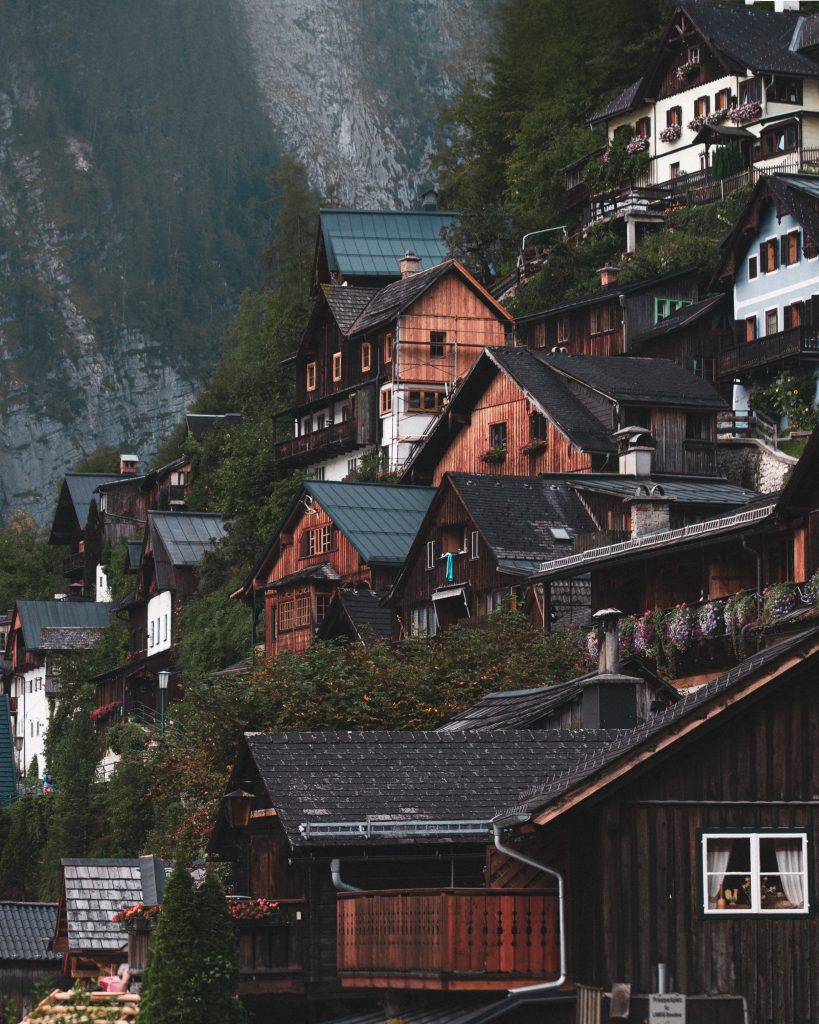Know the Difference Between Shake and Shingle
The terms “shake” and “shingle” are often misused since a majority of homeowners,and even some inexperienced roofing contractors, believe that these refer to the same type of wooden material commonly installed over residential roofs. Although these 2 may look quite similar, you will find that shakes and shingles are 2 completely different roofing options for your home.

What Are Shakes?
Using roofing shakes refer to a wooden roofing option which uses lumber logs that have been sawn with a crafting tool, then split by hand to create a wooden tile or plank. These wooden tiles are either sawn on both ends of the plank or on just a single side. Cedar shakes are a common and popular option because of the quality and attributes of Cedar Wood. Shakes were traditionally handcrafted, However, because of the increasing demand for housing construction and roofing in Arlington MA, the use of modern machinery to create shakes has been employed by most manufacturers in the industry.
A visual comparison of shakes and shingles will show that shakes are usually thicker. There are also 2 types of shakes depending on whether they are handsplit and resawn, or tapersawn shakes. Handsplit and resawn shakes are crafted and sawn at the back part of the wooden plank, which creates a more natural appeal when installed over your roof. On the other hand, tapersawn shakes have a textured look because of how these planks are sawn on both ends. Tapersawn shakes can also be used for both roofing installation and siding.
What Are Shingles?
The thinner of the 2 wooden roofing options are actually the Shingles. While shakes are handcrafted, shingles have a cleaner finished look since the wooden planks are cut on both sides with machines. One end of the shingle is referred to as the butt. This end is usually the thinnest part of the shingle. Because of how shingles are made, they have a more tapered appearance than wood shakes.
Depending on the quality of the wood, there are 4 levels at which shingles can be graded. When the materials are sourced and taken from the heartwood, this creates #1-graded shingles. This is known as the best grade with pure edge grain and a final product with no defects. #2-graded shingles are sourced from flatgrains with bits from the sapwood. This is a lesser grade because of the presence of knots and a few defects located along some parts of the wood. #3-graded wood contains the same flatgrain and sapwood components but with higher amounts of sapwood, making for even more knots and visible defects. Utility grade wood is the lowest level among all 4 levels. This type of wood, however, is used in construction of other structures, not including the roof shingles.
Shakes and Shingles Comparison
The thing that makes shakes and shingles separate is actually the methods used in the manufacturing and processing of these 2 products. There is also a difference between how shakes and shingles are installed.
Manufacturing
Cedar shakes are made from wooden blocks that are split. This can be done by hand or with the aid of a handcrafting toof. In comparison, cedar shingles are created when a wooden block goes through a high-powered electrical saw. The shingles come out with a tapered cut on both ends of the block, usually creating a plank with even level thickness.
Installation
It is critical for your roofing contractor to know the difference between shakes and shingles because the method by which these are installed differ. When putting up a cedar shake roof or any type of wood shake roof, the shakes have to be placed in layers that overlap with each other. On the other hand, the thinner butt end of a shingle serves as an installation guide since this end should face outward while the thicker end should be attached to roofing strips on the roof deck. When installing shingles instead of shakes, there should be no overlapping of any layers during the process. Installing cedar shakes requires the placement of overlapping layers.
Which one is better?
Homeowners often have trouble deciding on the use of either shakes or shingles. With all the roofing options currently available in the market, it is already quite difficult to make a decision on whether to use metal, asphalt, vinyl, or wood materials for roofing. There is also the roofing style to take into consideration, the slope of the roof, and a number of other factors to consider. If you’re set on using a wooden material for your roof, knowing whether shakes or shingles is a better choice can be daunting.
However, the main thing you have to think about is the architectural style and design of your home. When you talk to the right roofing contractor in Arlington MA, they should be able to help you weigh out the pros and cons of both roofing options.

